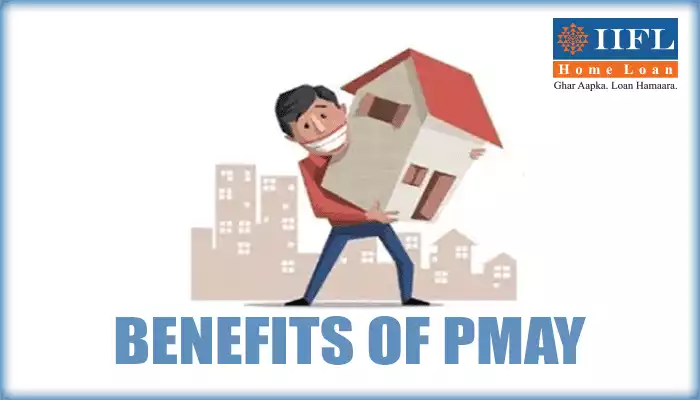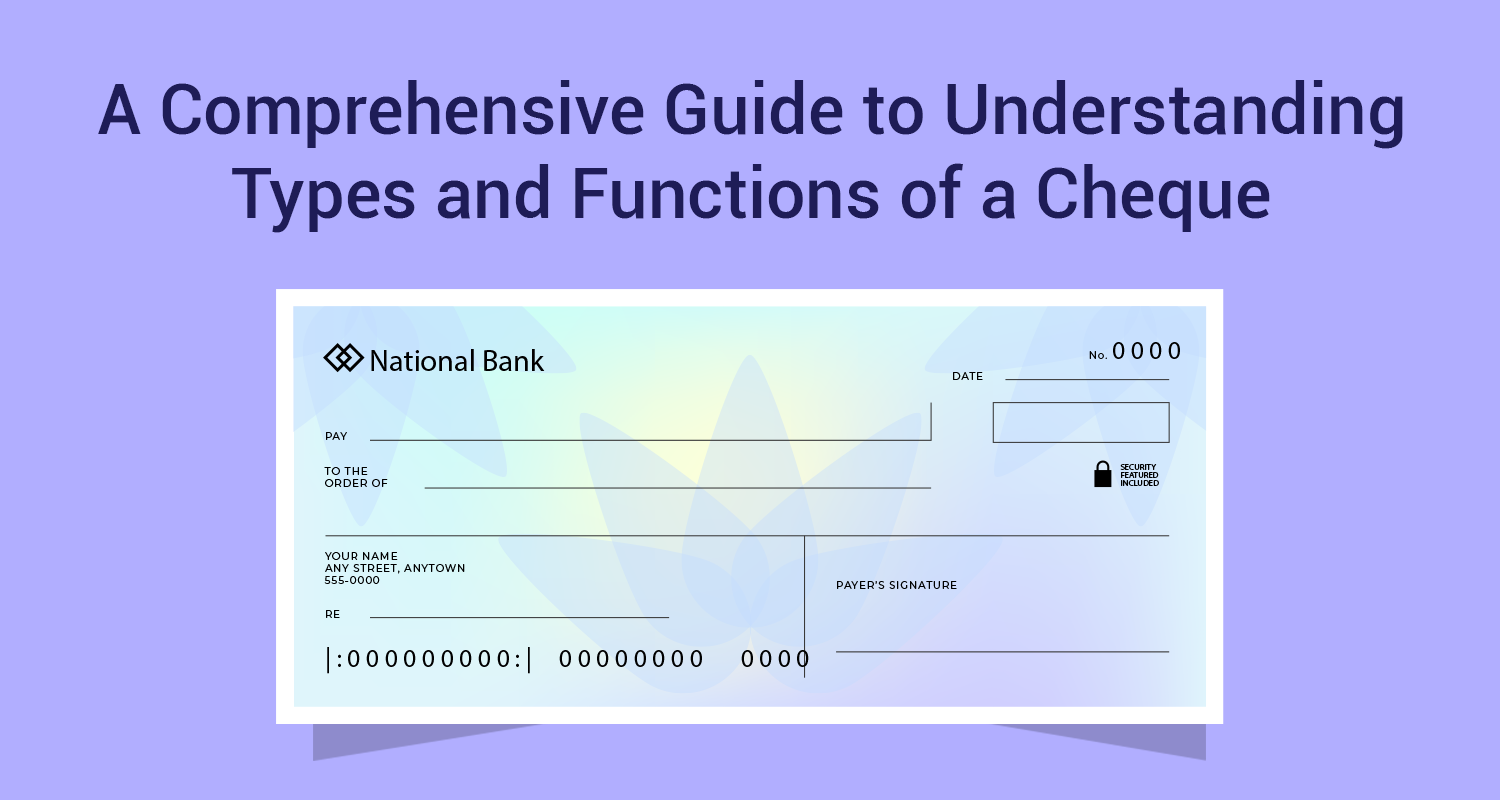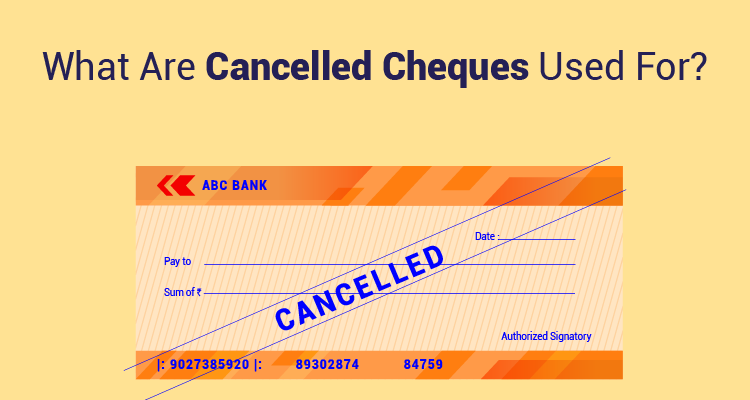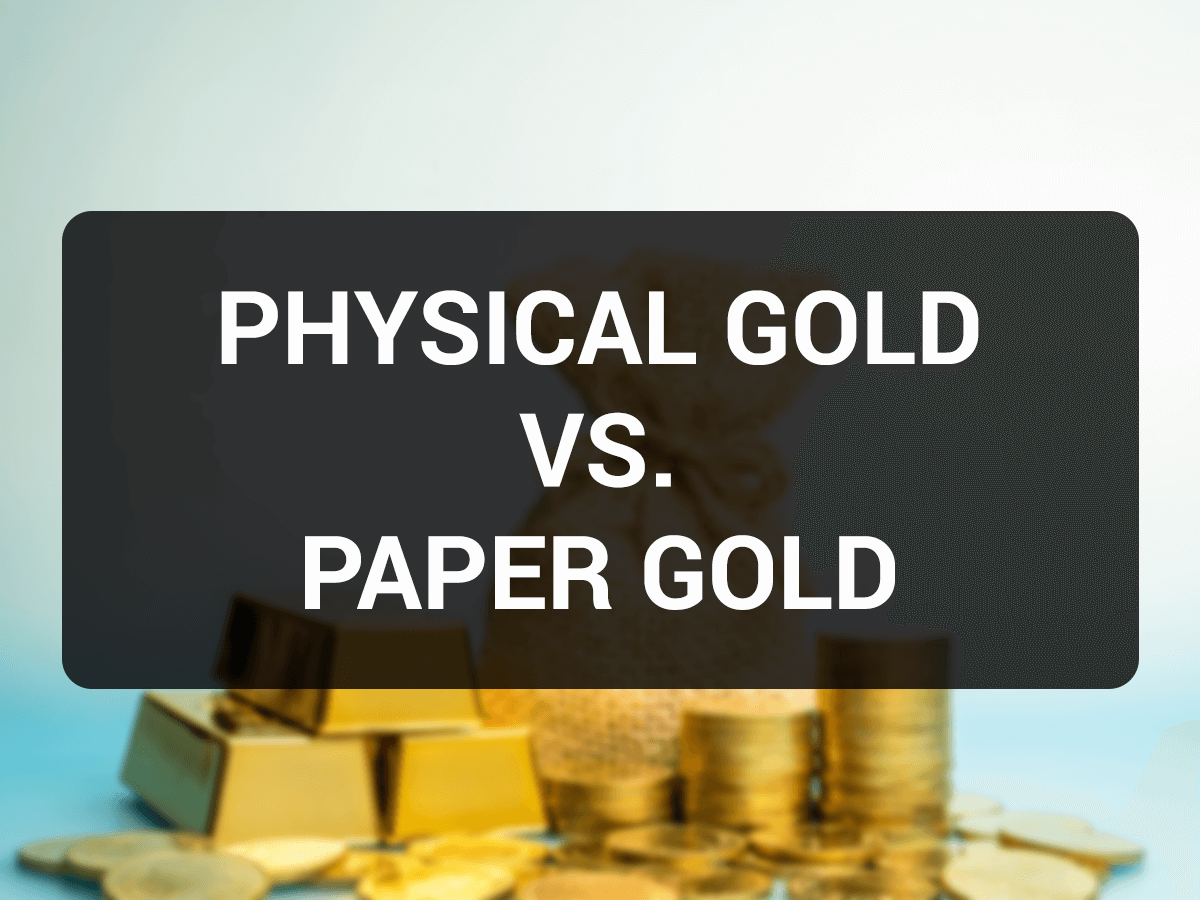The Benefits of PMAY
Home buyers can avail CLSS subsidy and take benefits of Pradhan Mantri Awaas Yojana (PMAY)

“Pradhan Mantri Awas Yojana is not just about merely building houses. This is a significant step in making the dreams of the poor come true”
– Narendra Modi, Prime Minister
Hon’ble Prime Minister envisioned Housing for All by 2022 when the Nation completes 75 years of its Independence. In order to achieve this objective, the Central Government has launched an inclusive mission “Pradhan Mantri Awas Yojana – Housing for All (Urban)”. The mission seeks to address the housing requirement of urban poor including slum dwellers through following programme verticals:
- Slum rehabilitation of Slum Dwellers with participation of private developers using land as a resource
- Promotion of Affordable Housing for weaker section through credit linked subsidy
- Affordable Housing in Partnership with Public & Private sectors
- Subsidy for beneficiary-led individual house construction /enhancement.
In our federal structure, mission provides flexibility to the States for choosing the best options amongst four verticals of mission to meet the demand of housing in their states. Process of project formulation and approval in accordance with the mission Guidelines has been left to the States so that projects can be formulated, approved and implemented faster.
Benefits under various Schemes
1. Slum rehabilitation of Slum Dwellers with participation of private developers using land as a resource
“In-situ” slum rehabilitation using land as a resource aims to leverage the locked potential of land under slums to provide houses to the eligible slum dwellers bringing them into the formal urban settlement. Houses built for eligible slum dwellers in projects in Private partnership for Slum rehabilitation, grant of Rs. 1 lakh per house, on average would be provided by the Central govt.
2. Promotion of Affordable Housing for weaker section through Credit Linked Subsidy
In order to increase institutional credit flow to the housing requirement of urban poor, Credit Linked Subsidy component is being implemented as a demand side intervention. Credit linked subsidy is provided on home loans taken by eligible urban poor (EWS/LIG) for acquisition, construction of house.
Beneficiaries of EWS/LIG category looking for housing loans from Financial Institutions are eligible for an interest subsidy at the rate of 6.5 % for a tenure of 20 years or during tenure of loan whichever is lower. The Net Present Value (NPV) of the interest subsidy is calculated at a discount rate of 9 %.
Under MIG & MIG II Scheme, the interest subsidy is at the rate of 4.0 (four) percent and 3.0 (three) percent on the principal amount of the loan for the MIG I and MIG II borrower/beneficiary, respectively and the subsidy is admissible for a maximum loan amount of first Rs. 9 lakh for MIG I and Rs. 12 lakh for MIG II, as the case may be, irrespective of the total loan size, for 20 years or complete period of the loan, whichever is less.
The Net Present Value (NPV) of subsidy is calculated based on a notional discount rate of 9.0 (nine) percent and upfront subsidy is provided to the beneficiary.
In a normal EWS/LIG scenario i.e. Home loan above 6 lakhs and loan tenure of 20 years, an eligible beneficiary would be entitled to subsidy of upto Rs. 2.67 lakhs
In normal MIG & MIG II case i.e. Home Loan above 9 and 12 Lakhs respectively and tenure of 20 years, an eligible beneficiary would be entitled to subsidy upto 2.35 & 2.30 lakhs, respectively.
3. Affordable Housing in Partnership with Public & Private sectors
The third component of the mission is affordable housing in partnership. This is a supply side intervention. The Mission provides financial assistance to EWS houses being built through different partnerships by States/Union Territories.
Affordable housing projects can be planned by States/UTs to benefit the EWS category and increase the availability of houses for this segment of the society. This step can be taken by States/UTs themselves or through their agencies or in partnership with private sectors. Central Assistance at the rate of Rs.1.5 Lakh per EWS house is available for all EWS houses in such projects.
An affordable housing project may be a mix of houses for different categories but it will qualify for central assistance, if at least 35% of the houses in the project are for EWS category and a single project has at least 250 houses or as specified by the State Government.
4. Subsidy for beneficiary-led individual house construction /enhancement.
The 4th component of the mission is assistance to individual eligible families belonging to EWS categories to either construct new houses or enhance existing houses on their own to cover the beneficiaries, who did not take advantage of other components of the mission. Such families may avail of central assistance of Rs. 1.50 lakhs for construction of new houses or for enhancement of existing houses under the mission.
Disclaimer: The information contained in this post is for general information purposes only. IIFL Finance Limited (including its associates and affiliates) ("the Company") assumes no liability or responsibility for any errors or omissions in the contents of this post and under no circumstances shall the Company be liable for any damage, loss, injury or disappointment etc. suffered by any reader. All information in this post is provided "as is", with no guarantee of completeness, accuracy, timeliness or of the results etc. obtained from the use of this information, and without warranty of any kind, express or implied, including, but not limited to warranties of performance, merchantability and fitness for a particular purpose. Given the changing nature of laws, rules and regulations, there may be delays, omissions or inaccuracies in the information contained in this post. The information on this post is provided with the understanding that the Company is not herein engaged in rendering legal, accounting, tax, or other professional advice and services. As such, it should not be used as a substitute for consultation with professional accounting, tax, legal or other competent advisers. This post may contain views and opinions which are those of the authors and do not necessarily reflect the official policy or position of any other agency or organization. This post may also contain links to external websites that are not provided or maintained by or in any way affiliated with the Company and the Company does not guarantee the accuracy, relevance, timeliness, or completeness of any information on these external websites. Any/ all (Gold/ Personal/ Business) loan product specifications and information that maybe stated in this post are subject to change from time to time, readers are advised to reach out to the Company for current specifications of the said (Gold/ Personal/ Business) loan.



